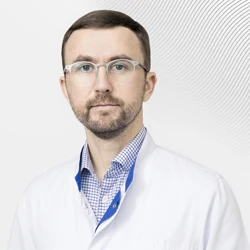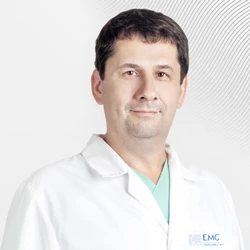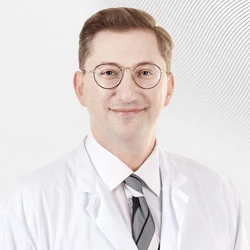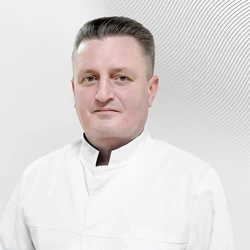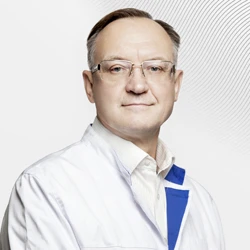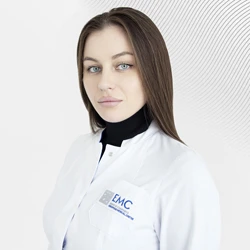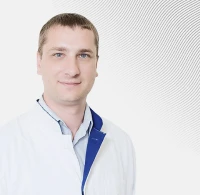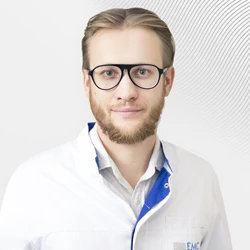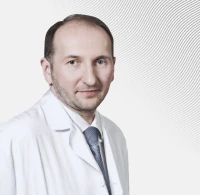Essential tremor
Two-way tremor is more often observed, associated with maintaining a position, for example, if you hold your arms outstretched, or with purposeful movement, for example, when writing, trying to bring a glass of water to your mouth or touch your nose with your finger. In some cases, tremor is observed at rest.
(Tremor frequency is 6-8 Hz, in the elderly the frequency decreases to 5-6 Hz). In 50% of cases, alcohol reduces the severity of essential tremor.
Essential tremor is often referred to as "benign" because in most cases it does not impair the ability to perform normal daily activities. However, in the case of severe tremor, it can cause significant inconvenience at work and in everyday life.
Exam. Patients with essential tremor undergo a detailed general clinical and neurological examination. In some cases, laboratory diagnostics (for example, a study of copper and ceruplasmin metabolism) and brain neuroimaging (MRI) are necessary. In addition, EMG and, in unclear cases, polygraphic tremor analysis are performed.
Treatment. Medications such as propranolol (and other beta blockers), primidone (and other anticonvulsants), clonazepam (and other benzodeazepines), and botulinum toxin injections may be effective in treating essential tremor. If medications don't help enough, and tremors significantly disrupt daily activity, then neurosurgical treatments such as DBS (deep brain stimulation), where a small electrical stimulator is placed in the brain, can help.
Why the EMC
The first and only clinic in Russia, created in the image of the world's leading clinics
EMC is a multidisciplinary center offering patients a high level of medical services and a personalized approach
Worldwide recognition and awards
 Learn more
Learn more
Worldwide recognition and awards
 Certificates and licenses
Certificates and licenses
Make an appointment for a consultation
Specify your contacts and we will contact you to clarify the details
Reviews
and new products of the EMC

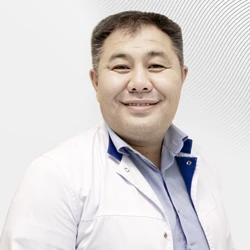
.webp)
